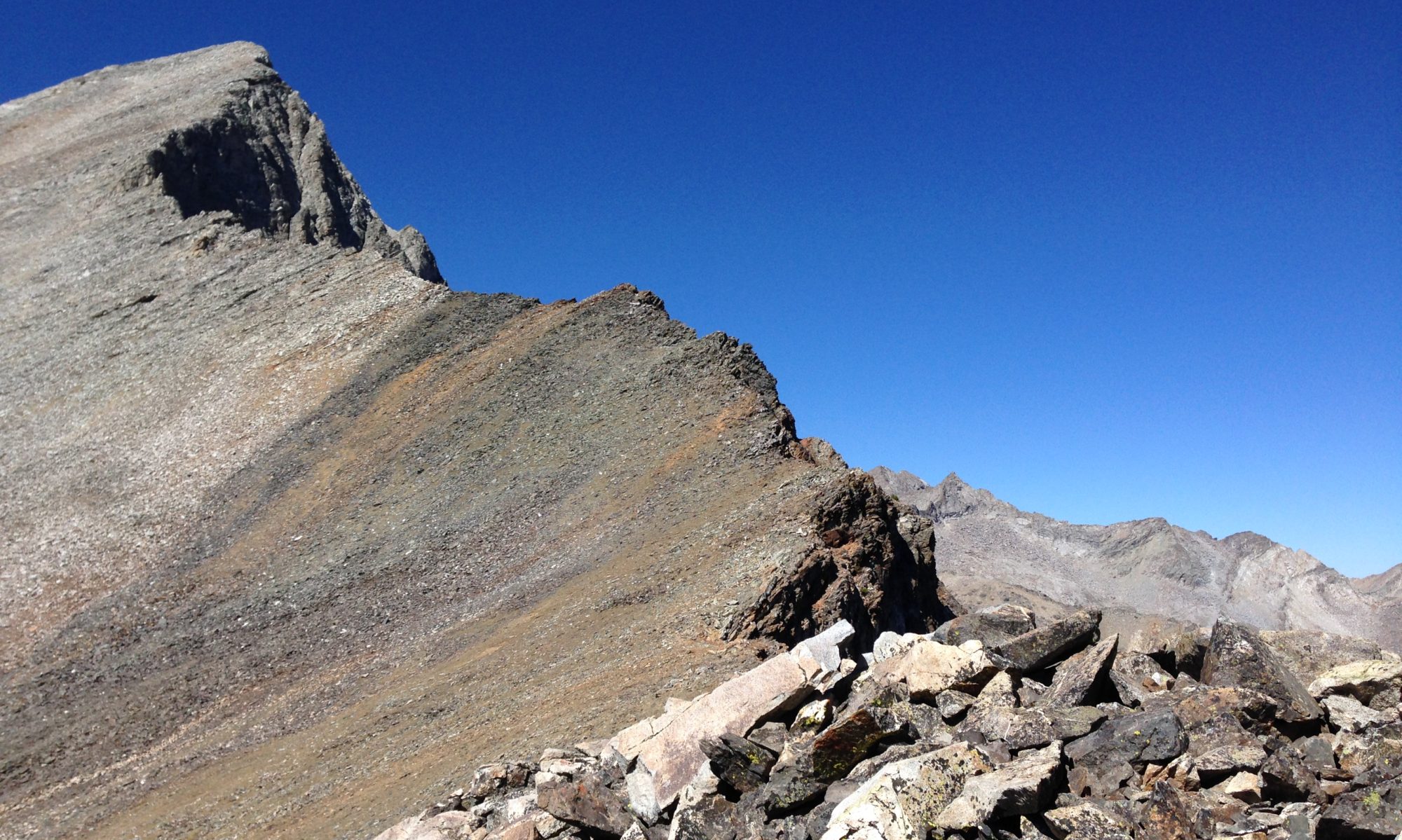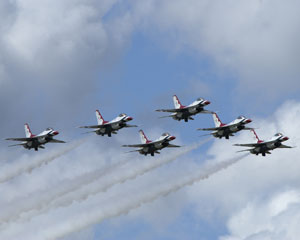Originally posted to sCNN – the smallChangeNewsNetwork
Just got off the phone with Raphael Peter who is leading the effort (blogged yesterday) to organize Global Playback performances about kindness, and the rest of what’s working, all around the world, on World Kindness Day, November 13th.
I’m looking forward to more conversations about how that global process might feed, and be fed by the blogosphere, using an sCNN-like model. In talking through various technical options, media/awareness needs and the overwhelming workload of what he’s working to organize globally, the invitation got cooked some more.
Here are some of the things that could be actively invited in a single, simple webpage, within the bounds of the kindness project or any other initiative…
1. SEND… your stories of kindness, of what’s working, of little individuals using whatever small resources they have and making small changes that make a big difference… of little individuals feeding the good that already IS, and in so doing, making MORE of it. (These could then be posted automatically to a weblog).
2. POST… if you already have a weblog, post your stories about kindness, what’s working, small changes that are making a big difference… and blog others that you see doing this as well. Tell your own stories and help bring attention to other bloggers who are blogging the good.
3. CREATE… if you don’t have a blog, but are interested, perhaps there is a local group, a Playback group, a block organization, chamber of commerce, local foundation, church or youth group where the good is bubbling up, as kindnesses, as little individual initiatives making a difference, as small donations for important, but small and local projects. Here are three levels to start at: easy (if you already have a website) – easier – easiest
4. LINK… to a homepage! …and then tell us so we can link to you. Even if you don’t have a weblog or website, you can put our web address (http://www.smallchangenews.org) in your email signature. Invite friends! (Someday, maybe all this will be handled more simply and directly by tagging.)
5. CONTACT… the people you see showing up here. Feed their stories and their work with attention, energy, resources, referrals, and your own small change! Feed the good that already is.
The idea is that most all of this input could be handled in a self-organizing, all-tech, easy-tech way, with the results simply spilling out into one big blog ticker.
technorati: sCNN | SmallChangeNews


